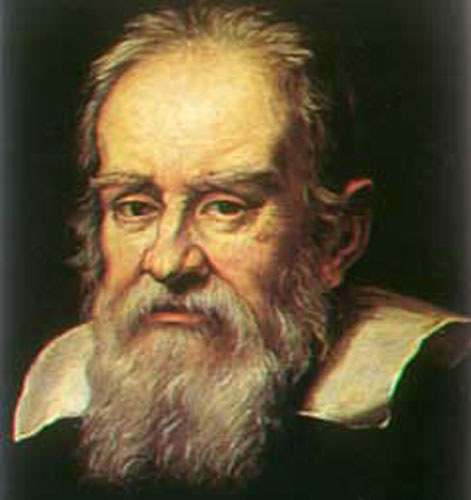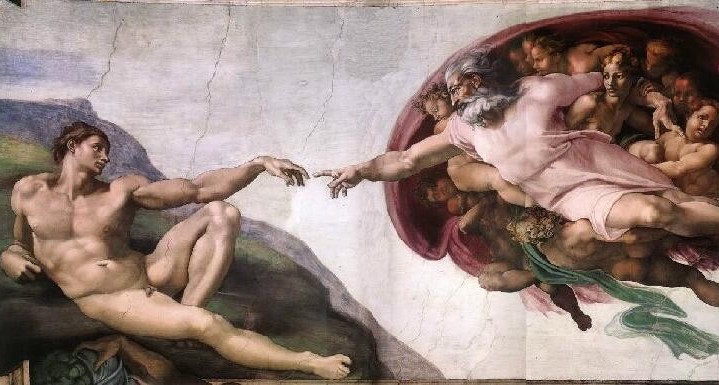Seeing as I have two books going at the moment, I suppose I should do a post on the other one. Is that against the rules? I don't think so... Oh well!

A great thing about this book (it makes blogging easier) is that it devides scientific topics by discoveries, and tells a story about each one. It sucks that I have to pick just one! (flips to random page) Robots it is!
Rodney Brooks was one of the first people to do a thesis paper on AI (artificaial intelligence), for him the refusal of the call was a huge part in his decision. He wished to create plans for a computer software that would be able to think for it's self. This was a huge step to take in computer enginering. "In fact, our most advanced robots, such as the robot rovers on the planet Mars, have the intelligence of an insect."(Kaku, 109)

To go from an insect to a fully functioning humanoid you would need to establish a thought process, which was the first big problem, his first prototype could manipulate speach, but did not understand it. As an added difficulty, the number of neurons that a fruit fly (a comparable insect) has in it's brain is around 25,000 a human has around 10 billion. It would call for computers to suddenly increase their complexity by as much as 400,000 times. Although he accpeted the call, he had many thoughts of quitting, and to top it all off, he was not able to come up with the software. "fourty years ago the Artificial Intelligence Labritory at MIT appointed an undergraduate to solve it over the summer. He failed, and I failed on the same problem in my 1981 Ph.D thesis."(Rodeney Brooks)
Quick question, is it still a journey archetype if the hero never succeds?
Here's a quick video to let you know where we stand with AI:
A great thing about this book (it makes blogging easier) is that it devides scientific topics by discoveries, and tells a story about each one. It sucks that I have to pick just one! (flips to random page) Robots it is!
Rodney Brooks was one of the first people to do a thesis paper on AI (artificaial intelligence), for him the refusal of the call was a huge part in his decision. He wished to create plans for a computer software that would be able to think for it's self. This was a huge step to take in computer enginering. "In fact, our most advanced robots, such as the robot rovers on the planet Mars, have the intelligence of an insect."(Kaku, 109)

To go from an insect to a fully functioning humanoid you would need to establish a thought process, which was the first big problem, his first prototype could manipulate speach, but did not understand it. As an added difficulty, the number of neurons that a fruit fly (a comparable insect) has in it's brain is around 25,000 a human has around 10 billion. It would call for computers to suddenly increase their complexity by as much as 400,000 times. Although he accpeted the call, he had many thoughts of quitting, and to top it all off, he was not able to come up with the software. "fourty years ago the Artificial Intelligence Labritory at MIT appointed an undergraduate to solve it over the summer. He failed, and I failed on the same problem in my 1981 Ph.D thesis."(Rodeney Brooks)
Quick question, is it still a journey archetype if the hero never succeds?
Here's a quick video to let you know where we stand with AI:

 Galileo Galilei
Galileo Galilei 



